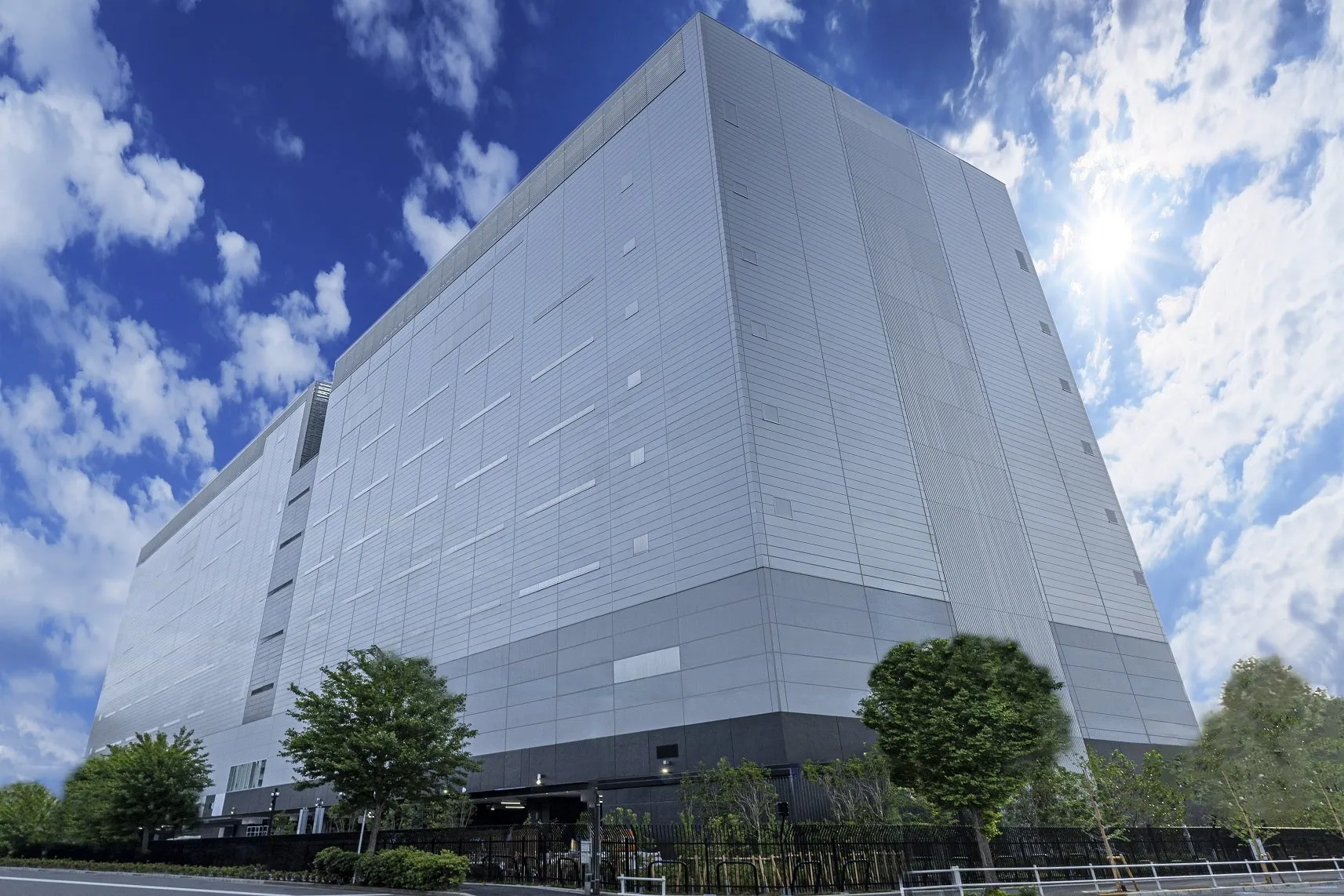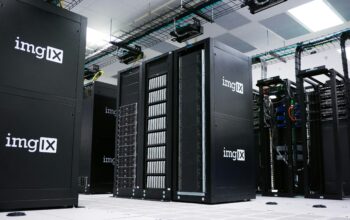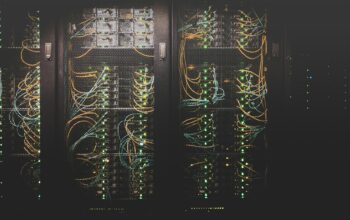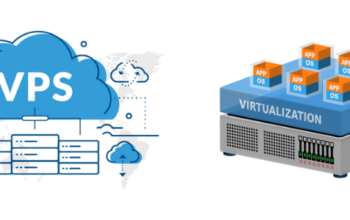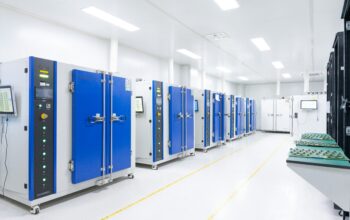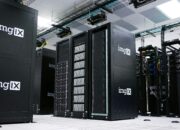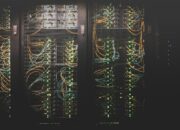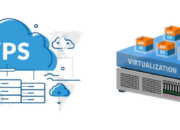Uzone.id – The largest data center operator in Japan has launched a state-of-the-art facility that sets new standards for sustainability and data management.
The cutting-edge technology and advanced infrastructure of this facility located strategically to serve both domestic and global clients reflect the exponential growth of storage capacity demand as well as processing power requirements worldwide.
This unveiling marks an important point in technological development against which rapid advances are made evident through such milestones coupled with the robustness needs of efficient data handling methods.
Among other things, the latest cooling systems have been installed at this new server farm together with energy-efficient power sources like solar panels or wind turbines; all contributing towards ensuring maximum performance while minimizing environmental damage caused by increased carbon emissions associated with using conventional electricity suppliers.
Additionally, reliable security measures were also put into place including multi-layered firewalls, 24/7 surveillance systems monitored round-the-clock by trained personnel plus biometric fingerprint access controls among others – designed primarily not only to protect sensitive information against physical threats but cyber-attacks as well.
To add on, another striking feature about it is its commitment towards green technology adoption where it strives to reduce the ecological footprint left behind by such activities involved in managing large amounts of data.

For instance, these low-power consuming cooling units that use natural ventilation combined with renewable energies like geothermal heat pumps which harvest warmth from deep underground layers during winter seasons while drawing coolness during hot summer months thus maintaining optimal operational temperatures within facilities without wasting too much electricity.
Such an approach not only cuts down operational costs but also aligns global actions aimed at mitigating climate change effects thereby making them more affordable too.
Moreover, apart from being environmentally friendly through various ways mentioned earlier on, this center boasts excellent protection features safeguarding vital records against both physical and electronic hazards alike.
As an illustration, there are advanced biometric locks based on iris scanning capabilities installed at every entry point besides having double walls fitted with bulletproof materials throughout the building’s perimeter hence making it virtually impenetrable even by heavily armed intruders who may attempt to breach these fortifications.
Equally important is its compliance level with current industry regulations regarding safety standards implementation; therefore any business entity dealing with sensitive data can be assured that their information will remain intact always while under storage within such premises.
This data center was established in response to the ever-increasing demand for larger spaces capable of hosting huge amounts of digital records besides processing them at high speeds.
Consequently, as more organizations shift from paper-based systems towards online platforms supported mainly by cloud computing solutions, there arises a dire need for reliable yet flexible data centers that can accommodate future growth without compromising efficiency or endangering confidentiality.
Precisely designed to meet these requirements, it offers unlimited expansion opportunities for enterprises wishing to scale up their activities minus performance or protection trade-offs which commonly occur when dealing with simple storage facilities alone; thus enabling diverse applications ranging from basic archiving needs right through complex numbers crunching tasks involving massive volumes of information.
Commenting on this development during his speech at the official opening ceremony held yesterday evening, Mr Kazuki Sakamoto who serves as CEO stated: “The launch of our latest facility represents a significant leap forward in terms of how we handle data today. We have not only ensured that all current client needs are met but also laid down foundations upon which future improvements can be built.”
The new data center, besides expansion, also supports disaster recovery and business continuity. Should there be any unexpected failure or natural calamity, it has a strong infrastructure that ensures ongoing operation without interruption.
This feature is important for companies that need constant access to their information and services. Additionally, being located in an area with minimal risks of natural disasters provides extra resilience to the facility.
Moreover, the network infrastructure of this data center is highly developed. Real-time processing of data necessitated by contemporary applications is achieved through high-speed connectivity and low-latency networks which enable fast and efficient transfer of data as required. This is critical, especially for sectors like finance or telecommunications where speed and reliability are vital elements.
This impressive state-of-the-art Japanese data center opens up new possibilities for innovation and sustainability in the digital era. It will act as a hub for businesses thereby enhancing economic growth through support provided by powerful security measures coupled with advanced technologies aimed at ensuring safety within Japan’s data infrastructure.
Such developments are therefore necessary since they will shape how digital services shall be delivered when more storage space as well as processing power becomes necessary due to increased demand from customers’ devices.
The establishment of such an advanced facility marks great progress towards better management practices concerning the use of resources while caring environment at large scale levels too. By embracing modern techniques together with security systems designed around them operators putting up leading centers should not only meet present business needs but also foster future growth within national information backbones hence making sure that Japan leads other nations during this age where everything revolves around computers.

